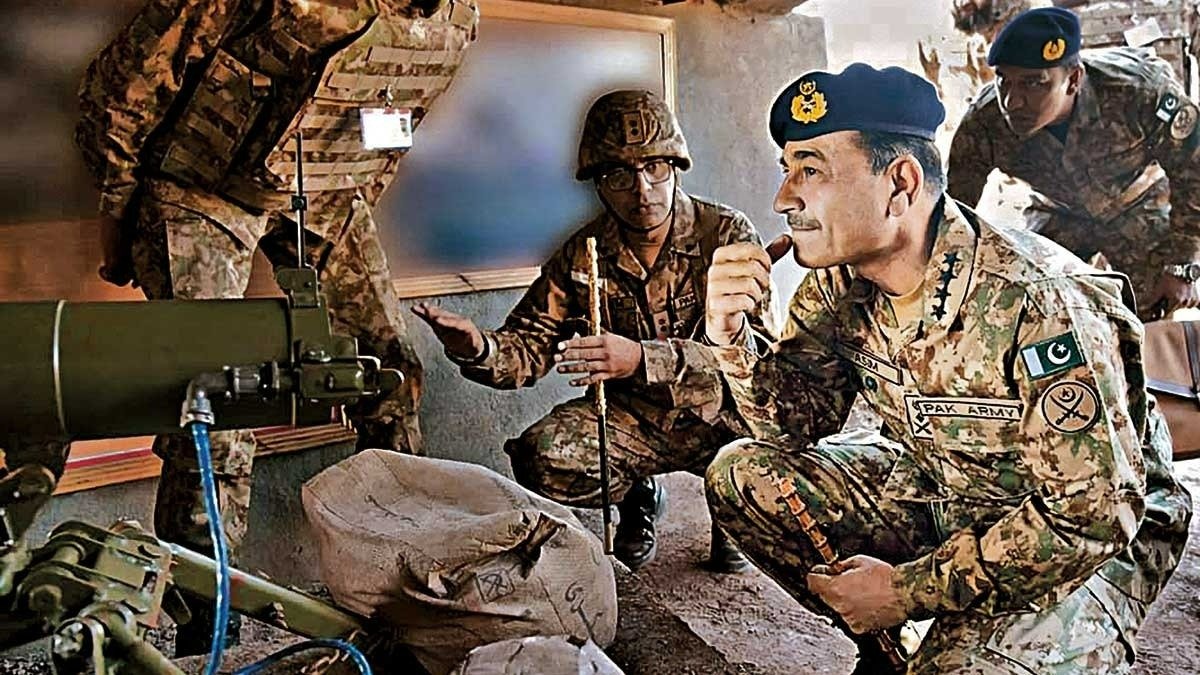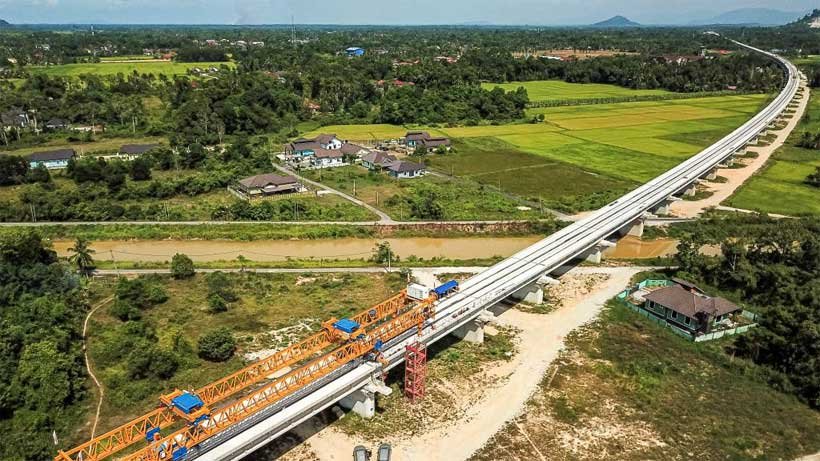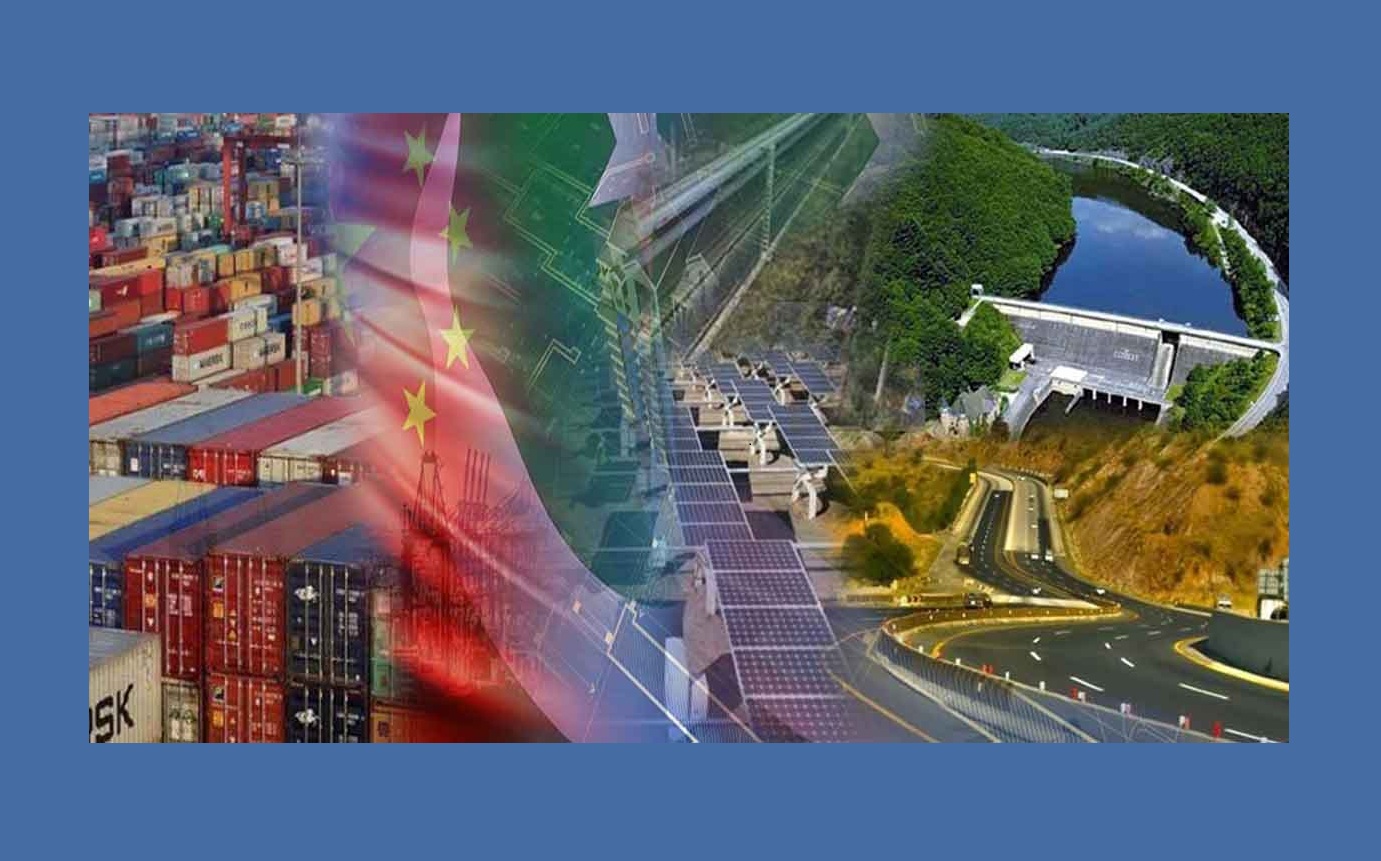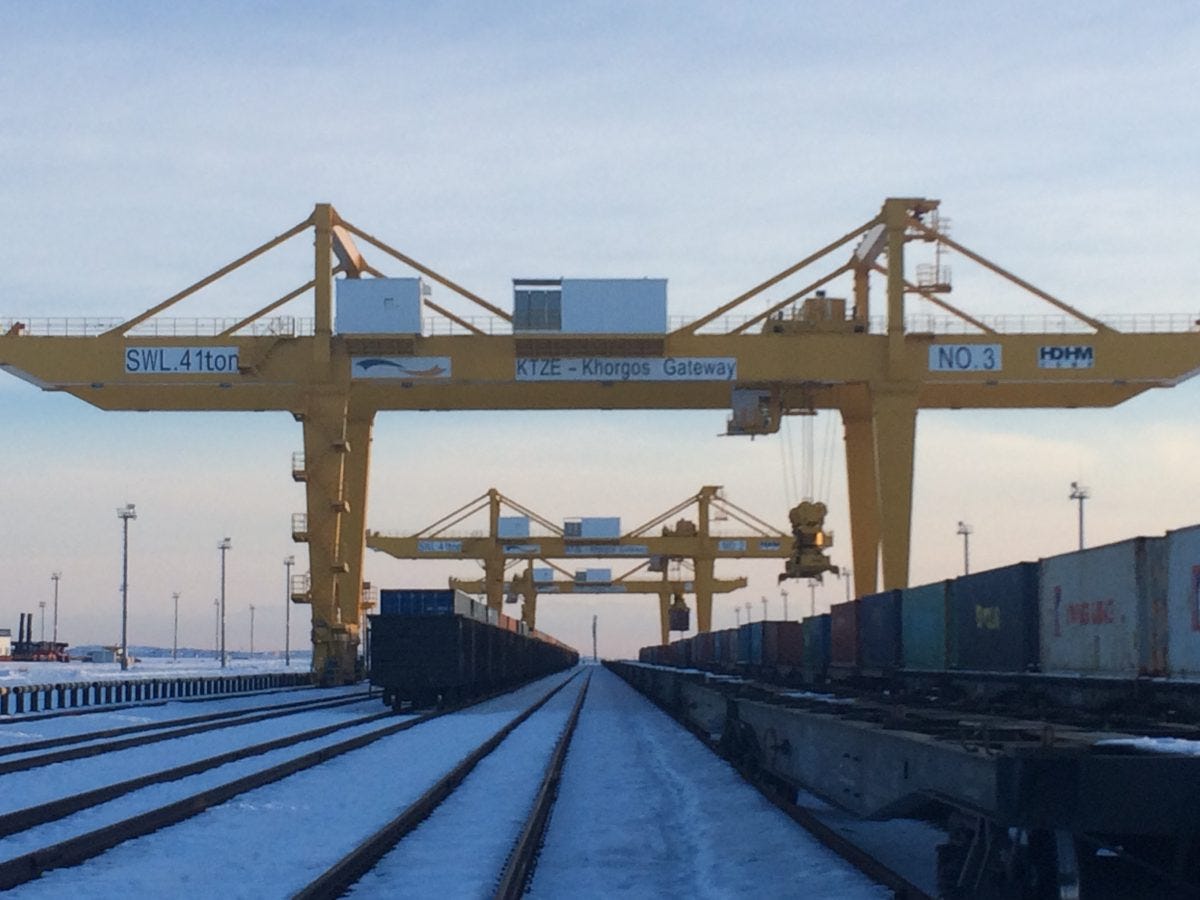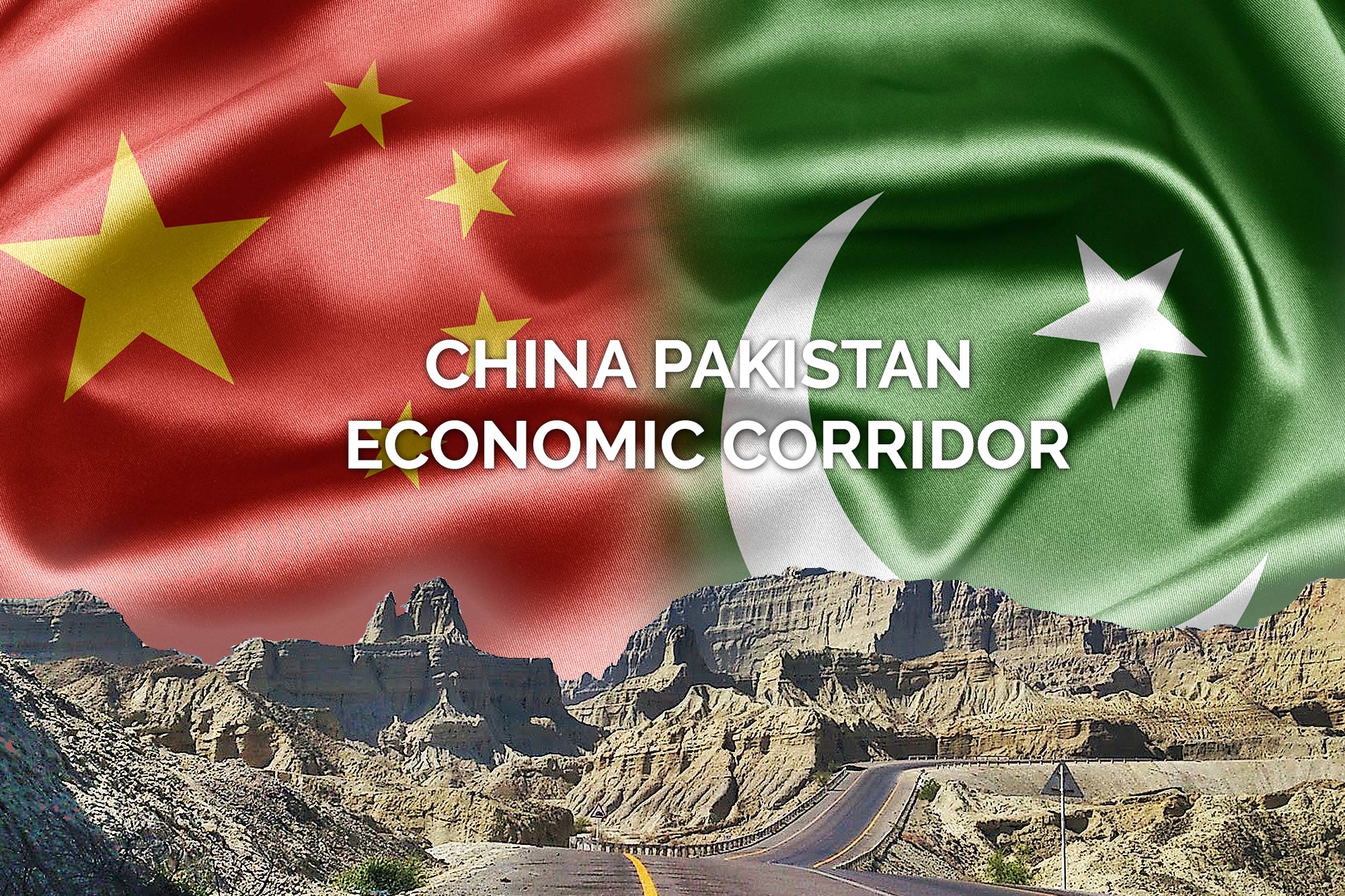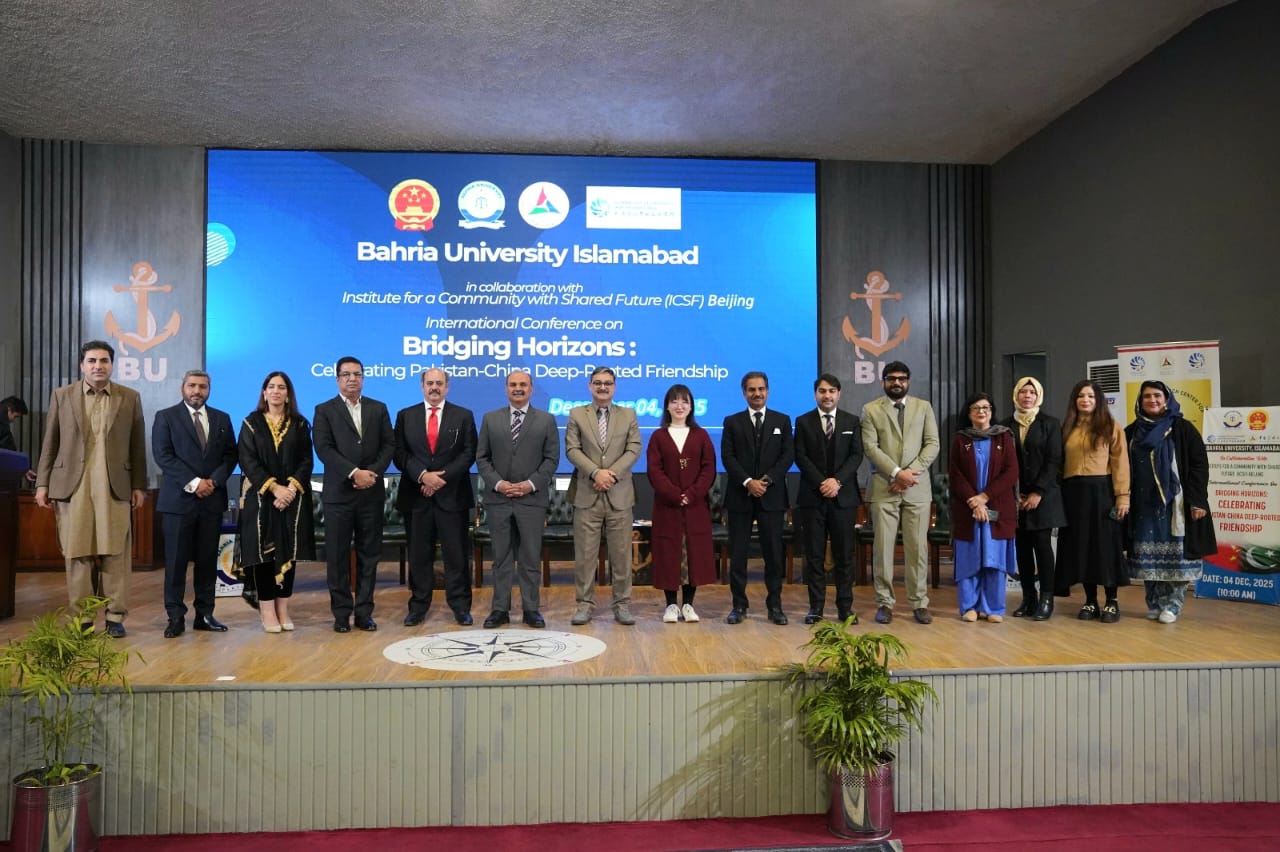The Fourth Plenary Session of the 20th Central Committee of the Communist Party of China (CPC) concluded in Beijing this week, setting the course for the nation’s long-term economic and social trajectory. Over four days of deliberations, the meeting reviewed the progress made during the 14th Five-Year Plan period (2021–2025) and laid the groundwork for the formulation of the 15th Five-Year Plan (2026–2030).
As the meeting concluded, the emphasis was clear: China seeks to advance toward a phase of “high-quality development” — one defined not merely by the pace of growth, but by innovation, sustainability, and integration with the global economy. The session reaffirmed the continuity of China’s policy planning tradition while adapting to a rapidly evolving domestic and global landscape.
Consolidating Gains of the 14th Five-Year Plan
The plenary session underscored the significant progress achieved during the ongoing 14th Five-Year Plan period. In economic terms, China managed to maintain steady growth despite a challenging global environment marked by supply chain disruptions, geopolitical tensions, and subdued global demand. The nation’s GDP expanded beyond expectations in several quarters, supported by a robust manufacturing base, sustained infrastructure development, and resilient domestic consumption.
Industrial upgrading stood out as one of the most notable achievements. The proportion of high-tech manufacturing in overall industrial output has steadily increased, with sectors such as semiconductors, renewable energy, and electric vehicles witnessing record growth. These shifts mark a strategic departure from dependence on low-cost manufacturing toward innovation-driven industries — a foundation for what Chinese policymakers now term “new quality productive forces.”
Beyond industry, social development also featured prominently in the plenary discussions. Progress in healthcare, education, and digital governance has expanded China’s social safety net and improved citizens’ access to essential services. The steady rise in per capita disposable income, coupled with poverty alleviation efforts and rural revitalization policies, reflects a wider commitment to balanced development between urban and rural regions.
Environmental stewardship, another core pillar of the 14th Five-Year Plan, has also advanced. Through major policy interventions in renewable energy, green finance, and carbon emissions reduction, China remains on course to meet its dual carbon goals — peaking emissions before 2030 and achieving neutrality by 2060. The plenary session reaffirmed these commitments, positioning environmental responsibility as integral to China’s future economic architecture rather than a peripheral concern.
Building the Future: The 15th Five-Year Plan
At the heart of the Fourth Plenary Session was the conceptual framework for the 15th Five-Year Plan — the blueprint that will guide China’s policy direction from 2026 to 2030. The deliberations reflected a strong focus on technological innovation, industrial integration, and modernization, under the banner of developing “new quality productive forces.”
This concept embodies a shift from traditional growth models to one led by science, technology, and digital transformation. Artificial intelligence, green technologies, biotechnology, and advanced manufacturing are expected to define this next phase. The emphasis on fostering synergy between research institutions and industries signals a deeper fusion of innovation and production — a dynamic China hopes will enhance its global competitiveness.
The upcoming plan is also expected to further expand China’s domestic market potential — referred to in the plenary documents as the “huge market advantage.” With a population exceeding 1.4 billion, China’s consumption landscape is evolving rapidly, marked by a shift toward higher-value goods and services. From electric mobility to smart appliances and digital entertainment, domestic consumption is emerging as a stabilizing force in the country’s economic structure.
The leadership’s renewed focus on “consumption upgrading” and “import potential” suggests that China aims to position itself as both a producer and a global consumer hub. Efforts to expand imports of advanced equipment, agricultural products, and services align with this dual approach — ensuring that China’s growth continues to contribute to global demand.
Financial reforms are also expected to accompany this transformation. The session emphasized the need for stable capital markets, greater openness in financial services, and enhanced regulatory mechanisms to guard against systemic risks. These measures indicate that the 15th Plan will not only prioritize growth but also resilience and sustainability.
One of the defining features of the Fourth Plenary Session was its reaffirmation of “high-standard opening up.” This phrase, now integral to China’s policy lexicon, signals a commitment to deepening international cooperation and advancing shared development through platforms such as the Belt and Road Initiative (BRI).
Since its inception over a decade ago, the BRI has evolved from an infrastructure-led vision to a multifaceted framework for connectivity, trade, and technology partnership. The plenary communiqué highlighted the initiative’s role in fostering sustainable development and enhancing global economic integration. Over 150 countries are now engaged in BRI cooperation, spanning transport corridors, green energy projects, and digital trade networks.
In this context, the outcomes of the session carry significance beyond China’s borders. For developing nations — particularly those in Asia, Africa, and Latin America — the renewed emphasis on inclusive growth and infrastructure cooperation offers opportunities for shared progress.
Equally important is China’s pursuit of multilateralism at a time of increasing global fragmentation. Through engagement in global governance institutions, trade forums, and climate dialogues, Beijing continues to advocate for dialogue-based solutions to international challenges. The commitment to “mutual benefit and win-win cooperation,” though often framed in diplomatic terms, also reflects pragmatic economic considerations: sustaining open markets and stable supply chains remains in the interest of all.
The Fourth Plenary Session also reaffirmed China’s determination to safeguard national sovereignty and maintain social stability, signaling continuity in domestic governance. By emphasizing political unity, institutional modernization, and long-term strategic planning, the leadership aims to ensure policy consistency across successive planning cycles — a feature that has long set China’s governance model apart.
The vision articulated in Beijing this week reflects a balance between inward strength and outward engagement — a combination that will shape not only China’s next five years but the broader global economic landscape in the decade ahead.
Mr. Qaiser Nawab, a global peace activist, is a distinguished international expert specializing in the Belt and Road Initiative (BRI), Afghanistan, Central Asia and founder of the Belt and Road Initiative for Sustainable Development (BRISD), a newly established global think-tank headquartered in Islamabad, in conjunction with the one-decade celebration of BRI.
